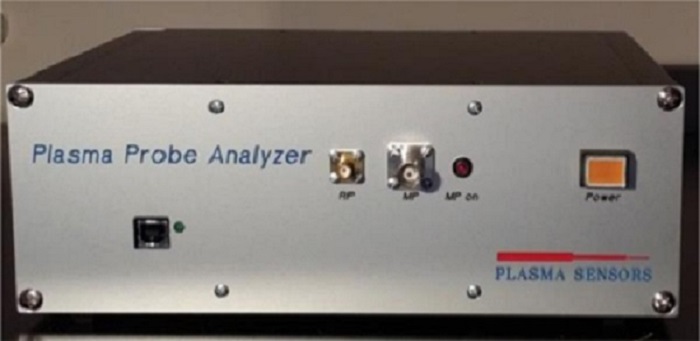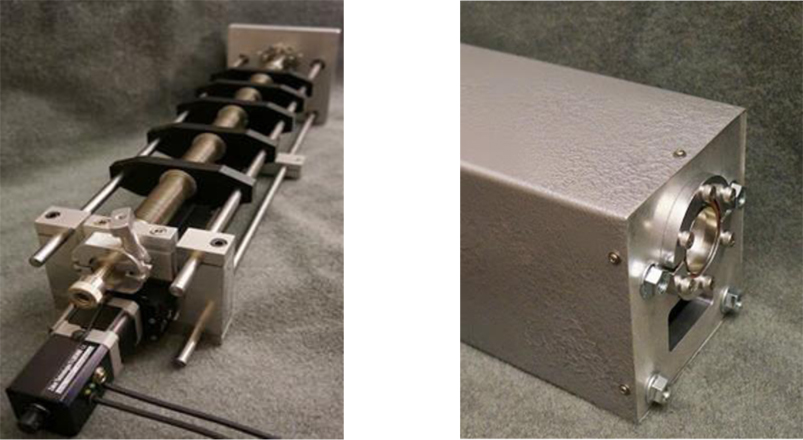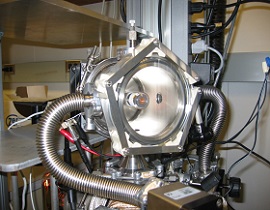Our
custom ferromagnetic enhanced ICP sources, FMICP
comprise unique combination of compactness, high power transfer efficiency and negligible DC bias and RF plasma potential.
This source reliably operates over wide range of gas pressure (1 mTorr - 10 Torr) and RF power
(15 W - 500 W).
FMICP is complemented with a high efficiency RF generator with auto-matching and
display of the plasma power absorption.









